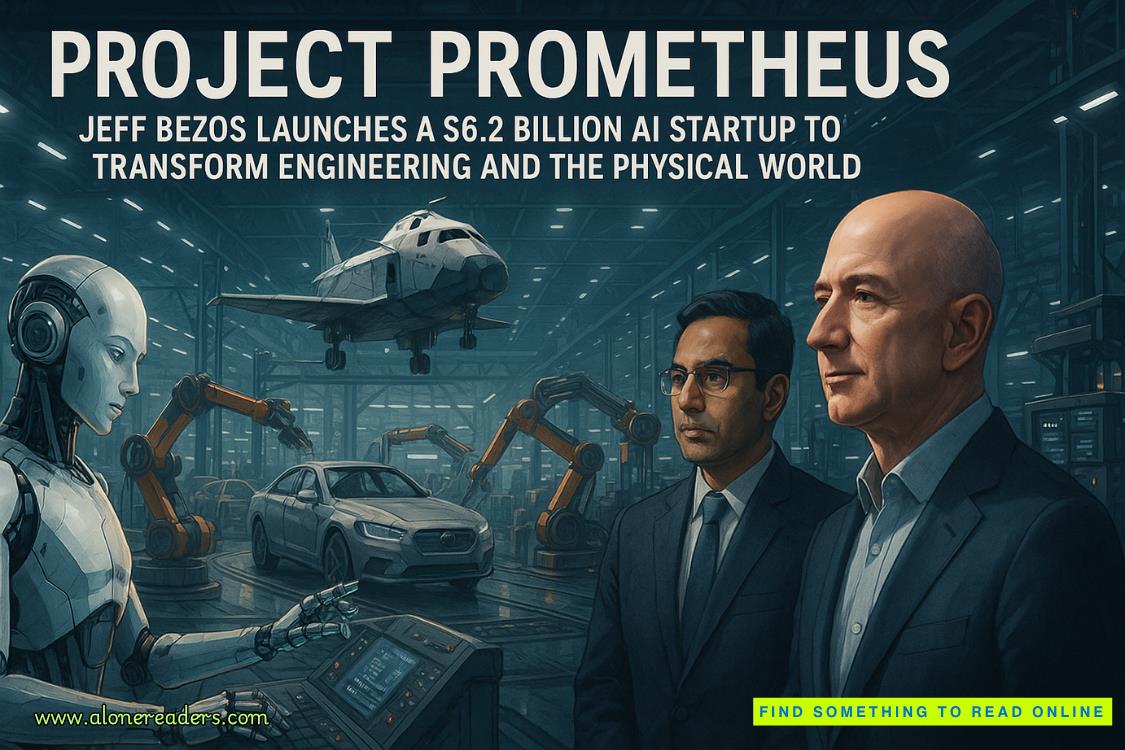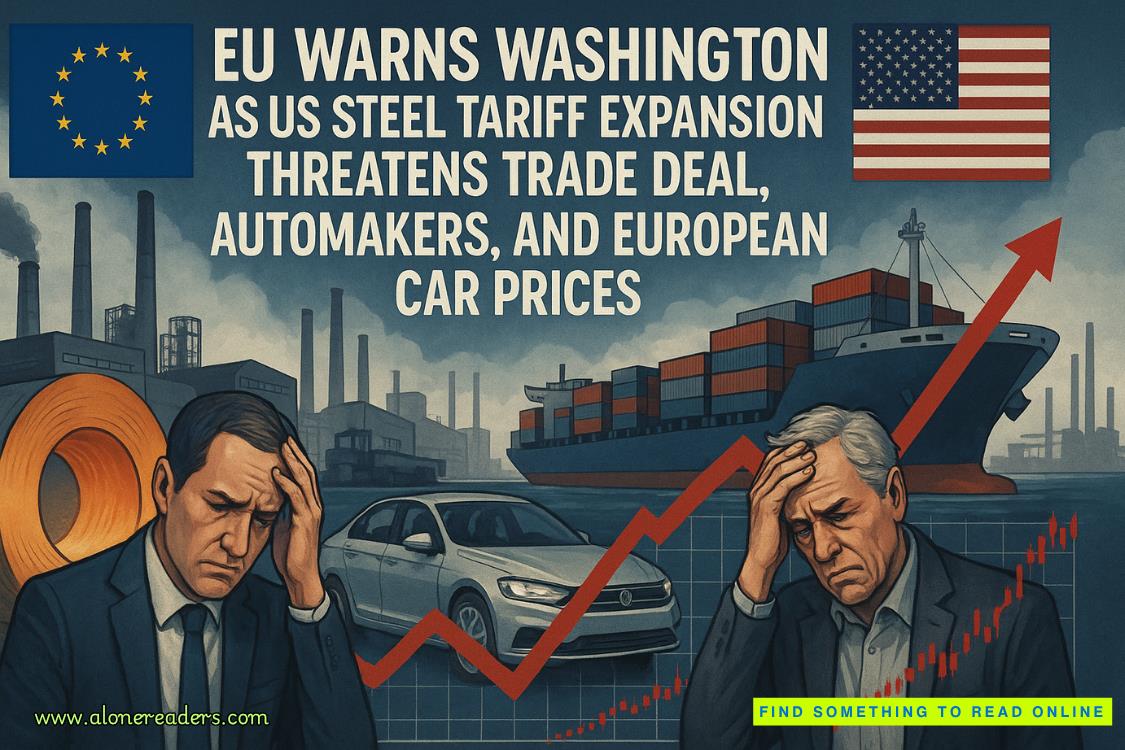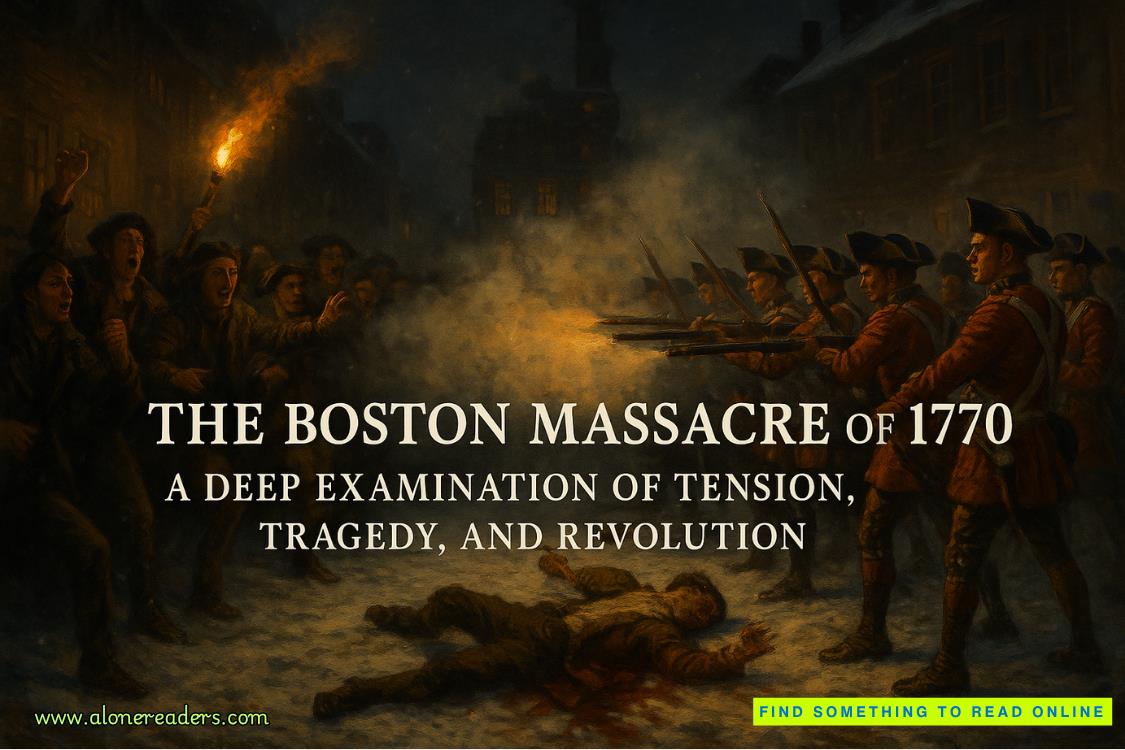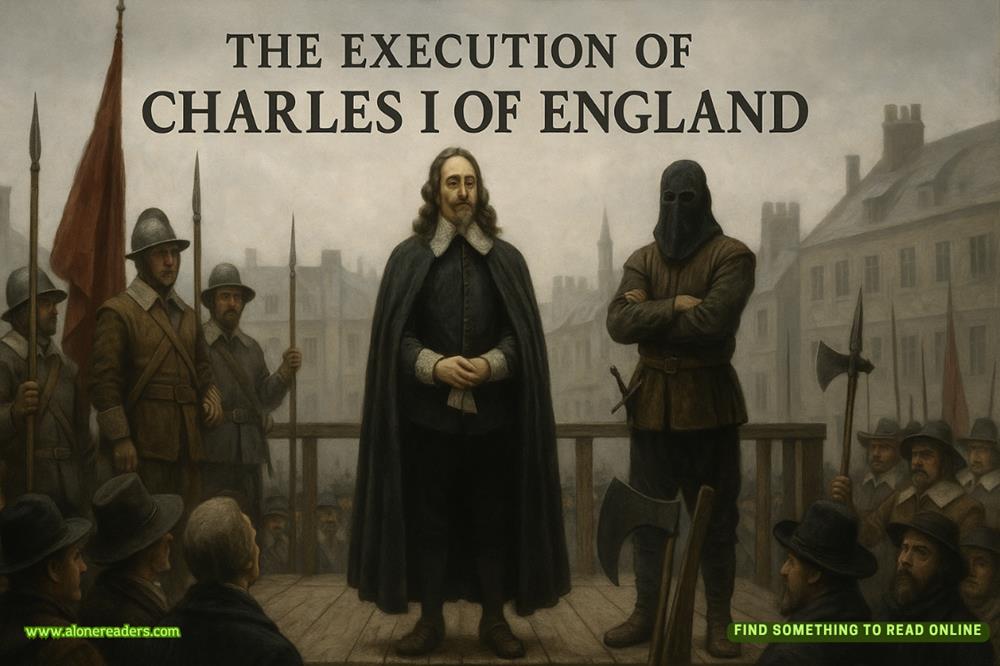Page 65 of Nash Falls
“I don’t have time for this, Mindy.”
“Did ‘Daddy’ drop a bombshell on you or something?”
“What do you know about it?” he said sharply.
“Just taking a guess based on your pale face and that smear of coke on your nostril, and the fact that you’re not looking like you want to screw me right now.”
“That was then, this is now.”
“‘That was then’ was the night before my wedding, Rhett. We had a nice time before I said my vows to your father.” She dropped the towel, drew close, and ran her fingers over his chest. “I can act the supportive stepmom and help you through what must be a crisis and let you get back at Barton for whatever he did.”
He gave her a searching look, but in his heart of hearts Rhett knew that his father never would have disclosed anything about Victoria Steers and his involvement with her to this woman.
She said, “And then you can help me with the little matter we discussed earlier.”
As she nudged herself against him, Rhett’s faint defenses fell away. He knew he shouldn’t. But it might have been the coke pop, the stunning revelation that his father was in business with Victoria Steers, or the fact that when it came to women, he had no willpower. They headed for the massage room, where there was an adequately sturdy bed.
Thirty minutes later he walked out, leaving a contented Mindy still lying under the sheets.
As he drove away from his father’s home he had problems to solve.
And Walter Nash was right at the very top of his list.
CHAPTER
31
IN HIS HOME STUDY, NASHstared at his personal laptop screen. He had connected to the internet using a burner phone hot spot and a VPN address. He had full access to all records and databases having to do with his division. And as a member of the board of directors he also had access to the records and financial performance of the rest of the company. He was diligent about reviewing this information, so his delving into these materials would raise no suspicions. But he had chosen to be overly cautious by conducting this search via his personal devices and the use of a VPN wall because all computer keystrokes on company computers were monitored and the search history captured for certain eyes to see. And there would be a record of who had accessed the site. Fortunately, the password was the same for all board members, so the company wouldn’t be able tell the identity of the user solely through that.
Nash didn’t know much about money laundering, but he had done some quick research. He had found that the money had to be placed, layered, and then integrated or extracted. And there were myriad ways to do that, but it basically came down to mingling ill-gotten gains into the legitimate financial world in a way that would evade scrutiny.
Deputy AG Duvall had said that the government believed Sybaritic used parasitic elements presumably as the placement stage of the laundering. He wasn’t sure what “parasitic elements” meant, exactly, but it could be the use of shell companies, staged transactions, and doctored or duplicate sets of business and transaction records.
Cho, Singer, and Lombard had worked at three different companies, all acquired by Sybaritic.
All really acquired by me, thought Nash uncomfortably.
He had pulled up the financial records for the trio of companies and had already spent the better part of a day going over them. He was about to give up when something odd caught his attention.
On the surface it was innocuous enough: an asset purchase by Danielle Cho’s company, PLA Corp., with the seller being a firm based in Hong Kong. The purchase price had been $100 million. The amount had been paid partly in cash and partly by promissory note. There was nothing strange in that, but whatwasunusual was the promissory note had been issued not to the selling party, but to another company with a very similar name. In fact, the names were identical except one was “LLC” and one was “LLP.”
So thirty million dollars in the form of a note went to LLP instead of LLC. And who was behind LLC?
When Nash looked up LLP online, he found that it had been sold six months ago for exactly $34.5 million. It appeared that the only asset the company had was the promissory note issued by Cho’s company, PLA. When he did a calculation Nash found the additional $4.5 million represented the total interest payments due. But when he checked the financial records for PLA, he could find no interest payments being made at all. When he looked at LLP he found that it had been incorporated apparently for the sole purpose of acquiring the note. When he researched LLC—the actual selling company that had been paid the rest of the purchase price by Cho’s company in cash—Nash found that it had quickly wound up operations and dissolved, taking the $70 million along with it.
And what exactly had PLA purchased with the $70 million? Because it was clear that the $30 million note and interest thereon would never be paid.
The answer—which aligned with PLA’s business of acquiringPacific Rim assets—was a food-processing plant in Vietnam that had been closed down by the government six months later for numerous building code and health violations. So the entire investment had been written off as a loss by PLA. The $30 million note should have continued to be listed as a liability of PLA, but it had mysteriously disappeared from the company’s balance sheet.
Nash sat back and closed his eyes. This fulfilled the trio of elements of money laundering: placement, layering, and integration/extraction. Seventy million dollars had been funneled from PLA to a company based in Vietnam. That company no longer existed. The asset purchased, namely the processing plant, no longer operated. PLA had dropped a $30 million liability from its balance sheet, but otherwise had, on paper, lost seventy million on the deal.
But there was one remaining detail. Where had the $70 million in cash that PLA used to buy the processing plant originated from?
Nash got incredibly lucky by happening on a password that had apparently been recycled. What was revealed was, in essence, a second set of electronic books.
As he hunkered down and went through the screens, the financial happenings started trickling out. PLA had borrowed $104.5 million—which represented the cash and note portion of the purchase price plus interest payments—from two firms, one based in Chad and the other in Haiti. Those countries did not have the best reputations when it came to anti-money-laundering regulations, Nash knew. For that reason he avoided doing business with anyone who used either country for anything.
So presumably Victoria Steers had laundered nine figures’ worth of illegal proceeds and walked away with $70 million of clean money. Not a bad price to be paid, particularly when one’s profit margins on the fentanyl side were thousands of percentage points.















